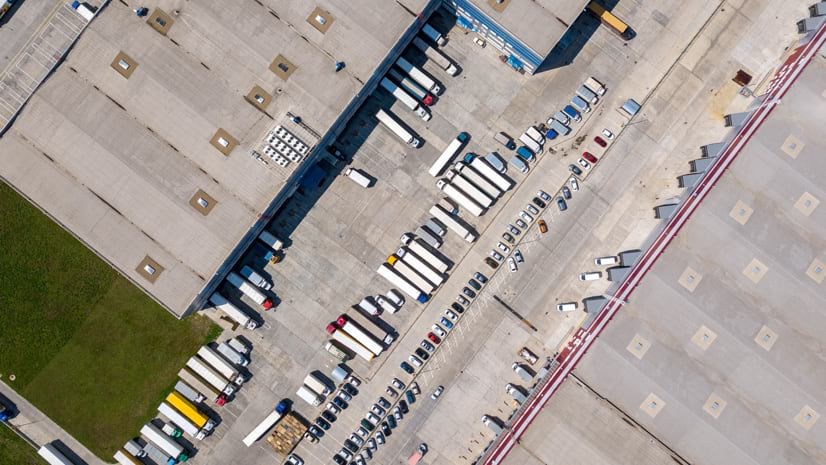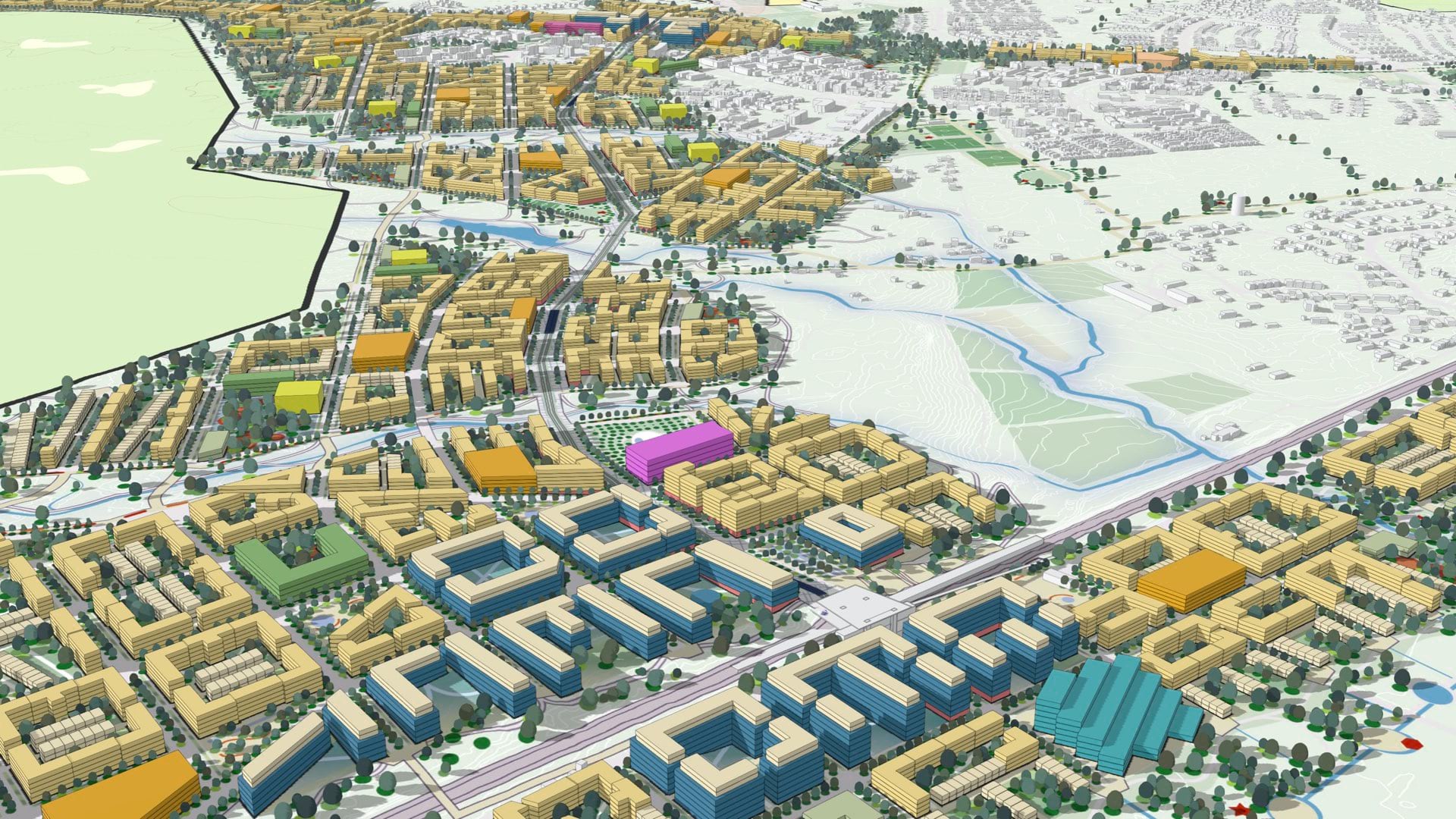

May 31, 2022

In Bridgeport, Connecticut, properties once bustling with manufacturing are now prime sites for warehouses and other logistic and transportation uses, taking advantage of the city’s strategic location between New York City and Boston. At least that’s the city’s plan, in response to growing demand to shore up supply chain gaps in the US. However, many of the abandoned or rundown factories could still be hazardous due to past industrial uses so officials must determine where turnaround can happen quickly.
“Connecticut has a very rich industrial past, which was great in the early to mid-1900s, but it left a significant contamination issue we’re still struggling to climb out of,” said Matt Fulda, executive director at the Connecticut Metropolitan Council of Governments (MetroCOG). “Bridgeport had Remington, and other munitions and heavy industrial activities, which has left a lot of the city undevelopable.”
In fact, Fulda notes that roughly 30 percent of the city’s land parcels are vacant or underutilized. City planners and developers are working to understand the opportunity cost of so-called brownfield redevelopment sites, guided by a map-based Brownfields Inventory Site Selector tool, which is loaded with all relevant data.
Developers at MetroCOG created the tool to fill in knowledge gaps, using geographic information system (GIS) technology. City planners are using the tool to visualize, analyze, and prioritize sites based on factors such as contamination levels, connectivity to freight and transit hubs, and climate resilience.
“We’re trying to eliminate as many impedances as possible,” said Patrick Carleton, deputy director at MetroCOG. “Getting information out there and accessible makes an easier path forward for redevelopment.”
Brownfield redevelopment provides a potential win-win situation for municipalities both by addressing environmental contamination and generating new businesses and jobs that produce tax revenue. And removing brownfields provides a psychological value—to show a city isn’t mired in its past.
MetroCOG has a history of transforming brownfield sites, having secured grants from the US Environmental Protection Agency (EPA) and state agencies for both assessment and remediation for many sites in the region.
“The scale of remediation varies dramatically across different properties,” Fulda said. “Some just need removal of contaminated soils or building asbestos. Other sites are far more complex, with different industries on the same property over the course of 100 years, and require millions of dollars to fully remediate all sorts of legacy contaminants.”
The first step involves inventorying sites. So MetroCOG staff members started by gathering background details and adding those to the inventory map. They scanned documents from municipal and state records pertaining to past facilities that occupied each site, with information such as type of contaminants and likely location of hazardous materials.
The MetroCOG team then conducted spatial analysis to determine where remediation work would have the most impact across the region. The team’s work factored in environmental justice issues as residents around some sites experience persistent poverty and disparities in education and health.
“We’ve tried to target specific corridors in Bridgeport and Stratford, the two most urbanized and disadvantaged communities in our region, and with the most problematic sites,” Carleton said.
Next, MetroCOG hired environmental remediation experts to sample and analyze the soil, groundwater, and any remnants of structures to measure contamination and make cleanup plans for priority sites. GIS is a common technology for this type of collaboration, used for mapping where the work needs to be done and reporting where and to what extent each site is contaminated.
Finally, MetroCOG’s brownfield site selector tool made available all the historical records—many of which were previously only available on paper and tucked away in file drawers—and provided access to the latest environmental assessment reports.
Brownfields aren’t the only focus of MetroCOG. The council also administers cooperative planning for issues related to transportation, land use, housing, public facilities, open space, environment, energy, and economic development. Increasingly, staff members have been applying and promoting their GIS capacity to member communities of Bridgeport, Easton, Fairfield, Monroe, Stratford, and Trumbull. This includes building issue-oriented tools similar to the brownfield site selector and creating 3D visualizations to help city planners see the changes they want to foster.
In Stratford, MetroCOG worked with municipal staff to showcase different development options for the site of a former metal plating facility currently going through cleanup. Using 3D tools in ArcGIS to visualize the area, MetroCOG staff created a digital twin of the site. The immersive model displayed several redevelopment scenarios. Accompanied by the deep-dive details in the brownfields tool, the work impressed the EPA which showcased the project during its 2019 National Brownfields Training Conference.
“The metal plating site in Stratford is next to another site undergoing extensive remediation with the help of US EPA,” Carleton said. “They are both close to the interstate and close to commercial and industrial corridors within the town, and the visualization helps the town market those properties.”

A recent MetroCOG economic development survey for the region identified industrial space as being the highest in demand for real estate. The survey cites a growing need for space from companies in the transportation, logistics, and supply chain industries.
With a port, an interstate, and a state highway that originates in Bridgeport and moves north to connect to Interstate 84, the region is well-positioned for advanced manufacturing. Defense contractors, such as Sikorsky Aircraft headquartered in Stratford, reinforce the viability of the area. With more than 300 manufacturers—ranging from small to multinational—in the region, MetroCOG and the municipalities it serves are hopeful that new industrial uses will lead to renewal and drive the economy forward.
“Mapping the vacant or underutilized parcels in the region has helped us work with our municipalities and with developers to prioritize locations for remediation,” Fulda said. “We’re hopeful those locations will have a cascading effect, to get more properties cleaned up, advertised, and developed so they will attract other developments.”
Learn how 3D web-based tools enable the digital transformation of city and regional planning.


